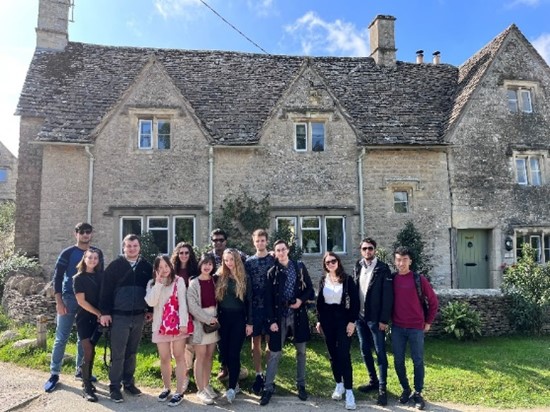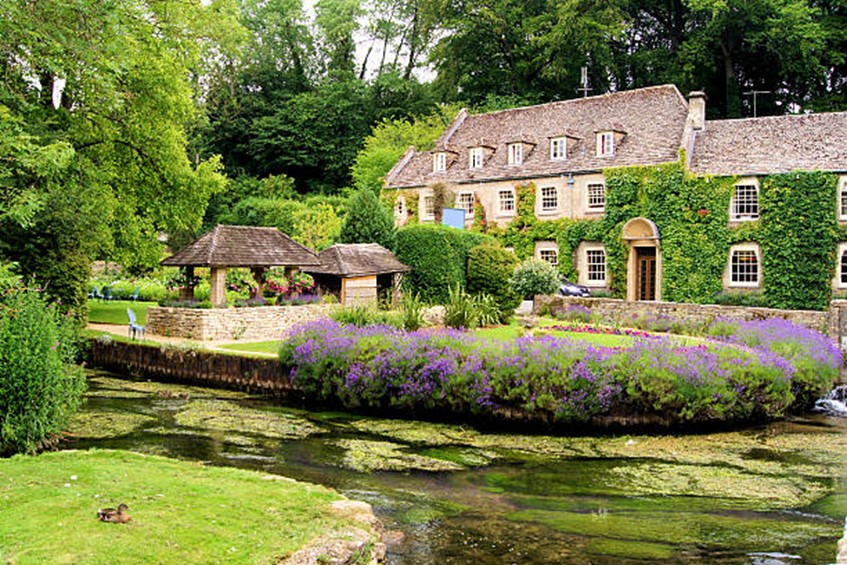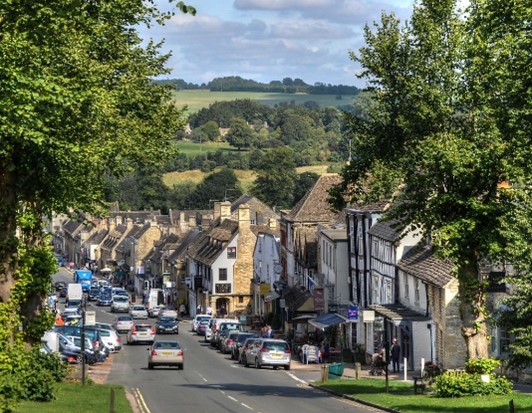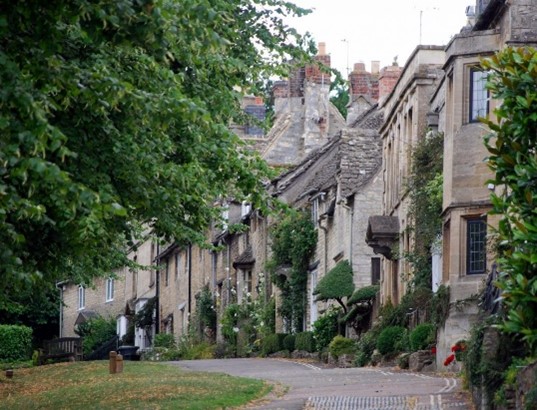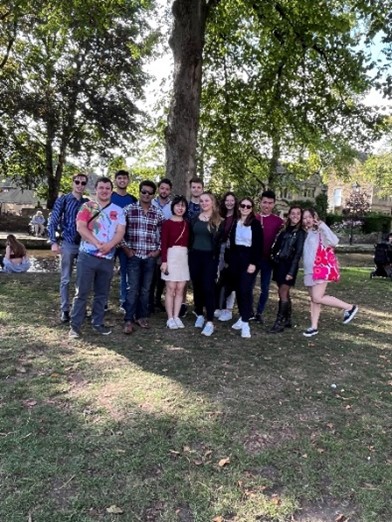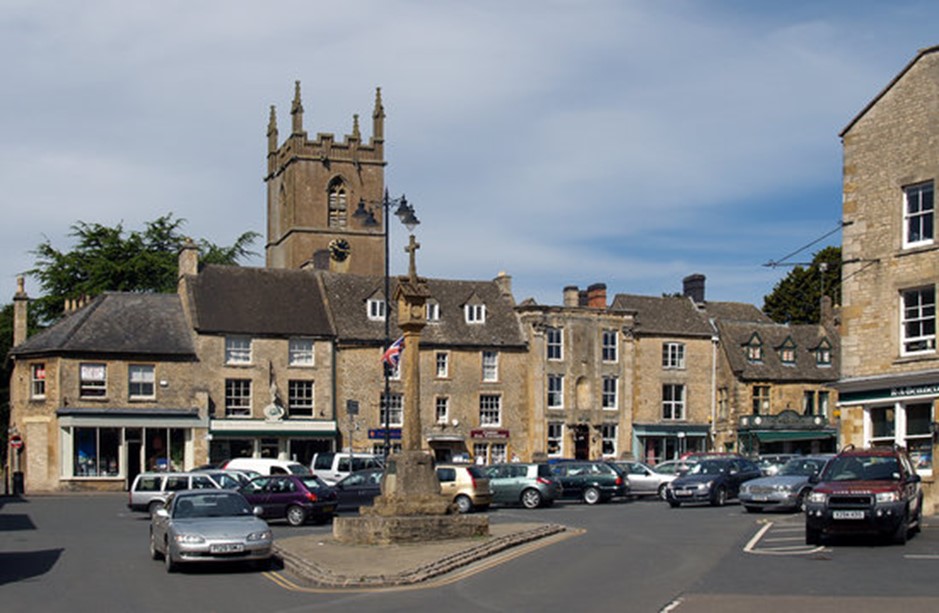On Sunday 16th September PHBS UK Campus organised a trip to the Cotswolds with the Student Experience & Support Manager, Ms Jacqueline O’Brien.
The Cotswolds cover a huge area, almost 800 square miles and runs through five counties Gloucester, Oxfordshire, Warwickshire, Wiltshire, and Worcestershire.
We started the tour in Bibury, which is a short drive from the capital of the Cotswolds, Cirencester in Gloucester. Bibury is a charming village which has also been described as “the most beautiful village in England” We visited Arlington Row originally built in 1380 as a monastic wool store, which was then converted into a row of weavers’ cottages in the 17th Century. A group photo was called for outside the cottages.
From Bibury, we then stopped off at Burford - a town on the River Windrush. Burford’s main street slopes gently down to the river and is lined with old houses and ancient cottages and many shops all of which appear little changed since Tudor times. There were wonderful little side streets to explore, old pubs, tea, and antique shops. We decided to stop here for some lunch before heading off to another Cotswold’s town - Bourton-on-the-Water.
Bourton-on-the-Water is known as the Venice of the Cotswolds and is famed for its five stone arched bridges, meandering streams, and waterways which cut their way through the town. They also have a model village which is an exact replica of the town, and a motoring museum packed with classic & vintage cars. We spent some time here exploring the town and walking along the river. We even treated ourselves to an ice cream cone! Of course, another group photo was taken in the picturesque town.
After leaving Bourton-on -the-Water we then drove through the villages of Lower Slaughter & Upper Slaughter which is only accessible via narrow lanes, stopping briefly to take photos before heading on to our final destination Stow-on-the-Wold.
Stow-on-the-Wold is a historic market town and many years ago when the Cotswold wool industry was at its height, Stow was famous for its huge annual fairs where as many as 20,000 sheep were sold at a time at the busy market square. The square is now mainly used for parking. This was our final stop before heading homeward bound to Oxford.
